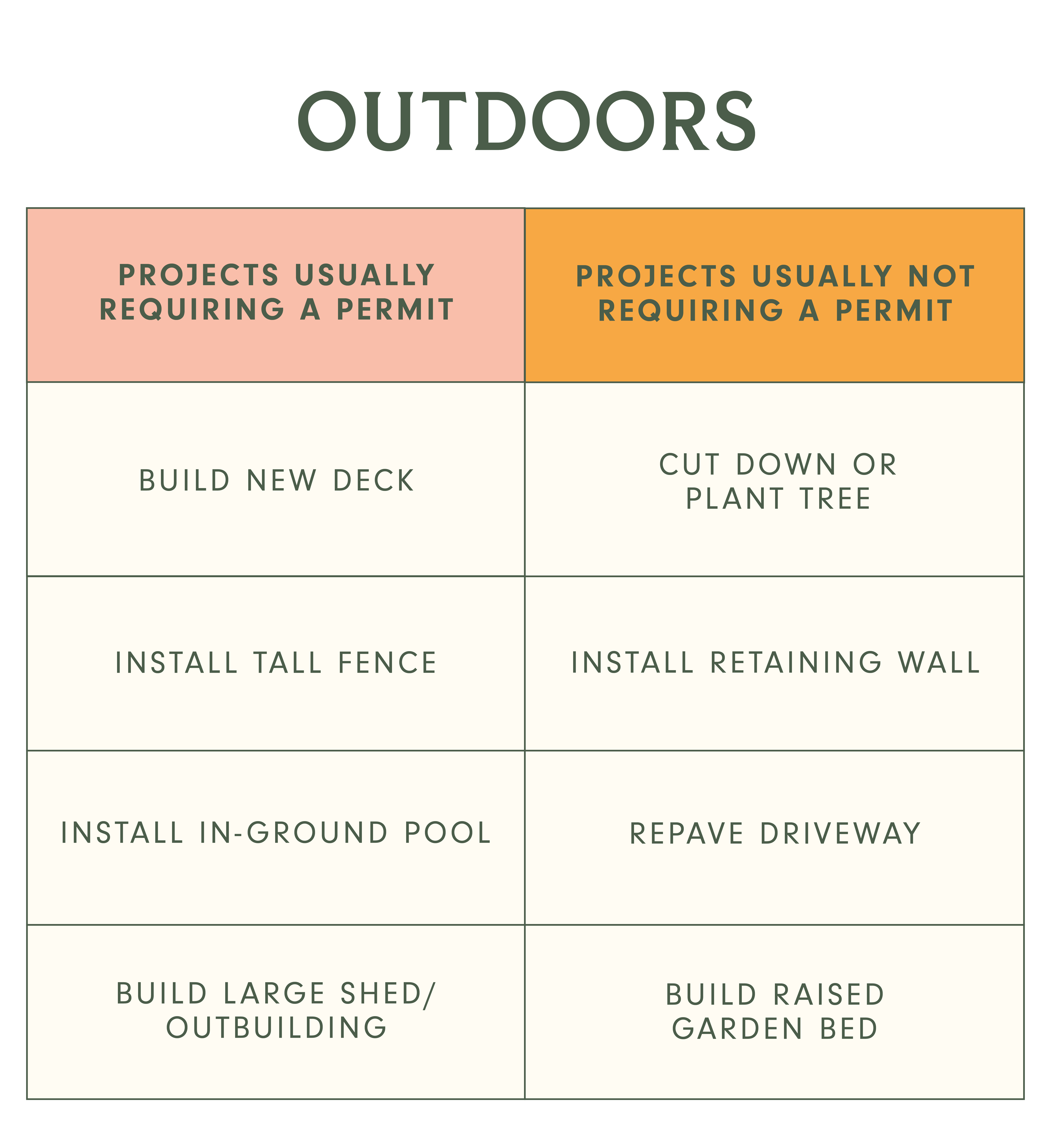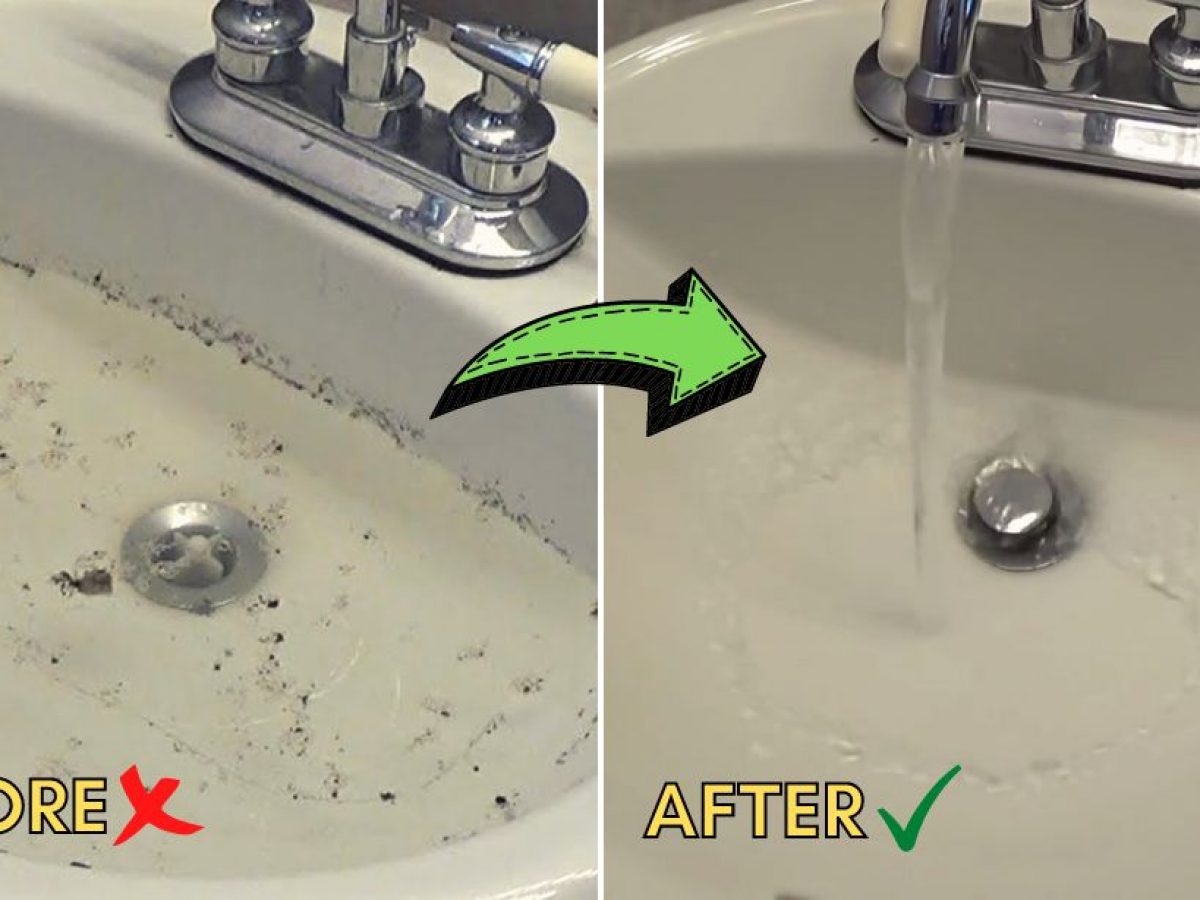
When you notice your outside faucet leaking, it’s essential to address the issue promptly to prevent water waste and potential damage to your property. Here’s a comprehensive guide on how to tackle a leaking outdoor faucet effectively.
Understanding the Problem
Before diving into repairs, it’s crucial to understand why your outdoor faucet is leaking. Common causes include worn-out washers, loose connections, or damaged seals. By identifying the root cause of the leak, you can determine the most appropriate course of action for fixing it.
Assessing the Severity
Not all leaks are created equal. Some may be minor drips, while others can result in a steady flow of water. Assess the severity of the leak to determine the urgency of the repair. A minor drip may be manageable for a short time, but a significant leak requires immediate attention to prevent water damage.
Gathering the Necessary Tools
Before starting any repairs, gather the necessary tools and supplies. These may include an adjustable wrench, screwdriver, replacement washers or seals, plumber’s tape, and a pipe wrench if necessary. Having everything on hand will streamline the repair process and ensure you’re prepared for any unforeseen challenges.
Shutting Off the Water Supply
Before attempting any repairs, it’s essential to shut off the water supply to the outdoor faucet. Locate the shutoff valve, which is typically located indoors near the faucet’s corresponding pipe. Turn the valve clockwise to shut off the water flow and relieve pressure from the faucet.
Disassembling the Faucet
Once the water supply is shut off, it’s time to disassemble the faucet to access the internal components. Use a wrench or screwdriver to remove the handle and any screws or bolts securing the faucet assembly. Carefully set aside the removed parts, taking note of their order for reassembly later.
Inspecting and Cleaning Components
With the faucet disassembled, inspect each component for signs of wear, damage, or buildup. Common culprits of leaks include worn-out washers, damaged O-rings, or mineral deposits. Clean any debris or buildup from the components using a brush or cloth, and replace any damaged or worn parts as needed.
Replacing Washers or Seals
If the leak is caused by worn-out washers or seals, replacing them is a relatively straightforward task. Remove the old washers or seals and install new ones of the same size and type. Apply plumber’s tape to the threads of any connections to ensure a tight seal when reassembling the faucet.
Reassembling the Faucet
Once all necessary repairs have been made, reassemble the faucet in the reverse order of disassembly. Ensure all components are properly aligned and tightened to prevent future leaks. Turn the water supply back on and test the faucet for any signs of leaking.
Checking for Leaks
After reassembling the faucet and restoring water flow, check for any signs of leaks. Inspect the faucet connections, handle, and spout for any drips or moisture. If you notice any leaks, tighten connections or replace components as needed until the leak is resolved.
Preventing Future Leaks
To prevent future leaks, perform regular maintenance on your outdoor faucet. Inspect the faucet for any signs of wear or damage, and address any issues promptly. In colder climates, protect your outdoor faucet from freezing temperatures by installing a frost-proof faucet or using insulated covers during the winter months.
By following these steps, you can effectively repair a leaking outdoor faucet and prevent water waste and property damage. Remember to shut off the water supply before beginning any repairs and take your time to ensure each step is completed correctly. With proper maintenance, your outdoor faucet can continue to function smoothly for years to come. Read more about outside faucet leaking



